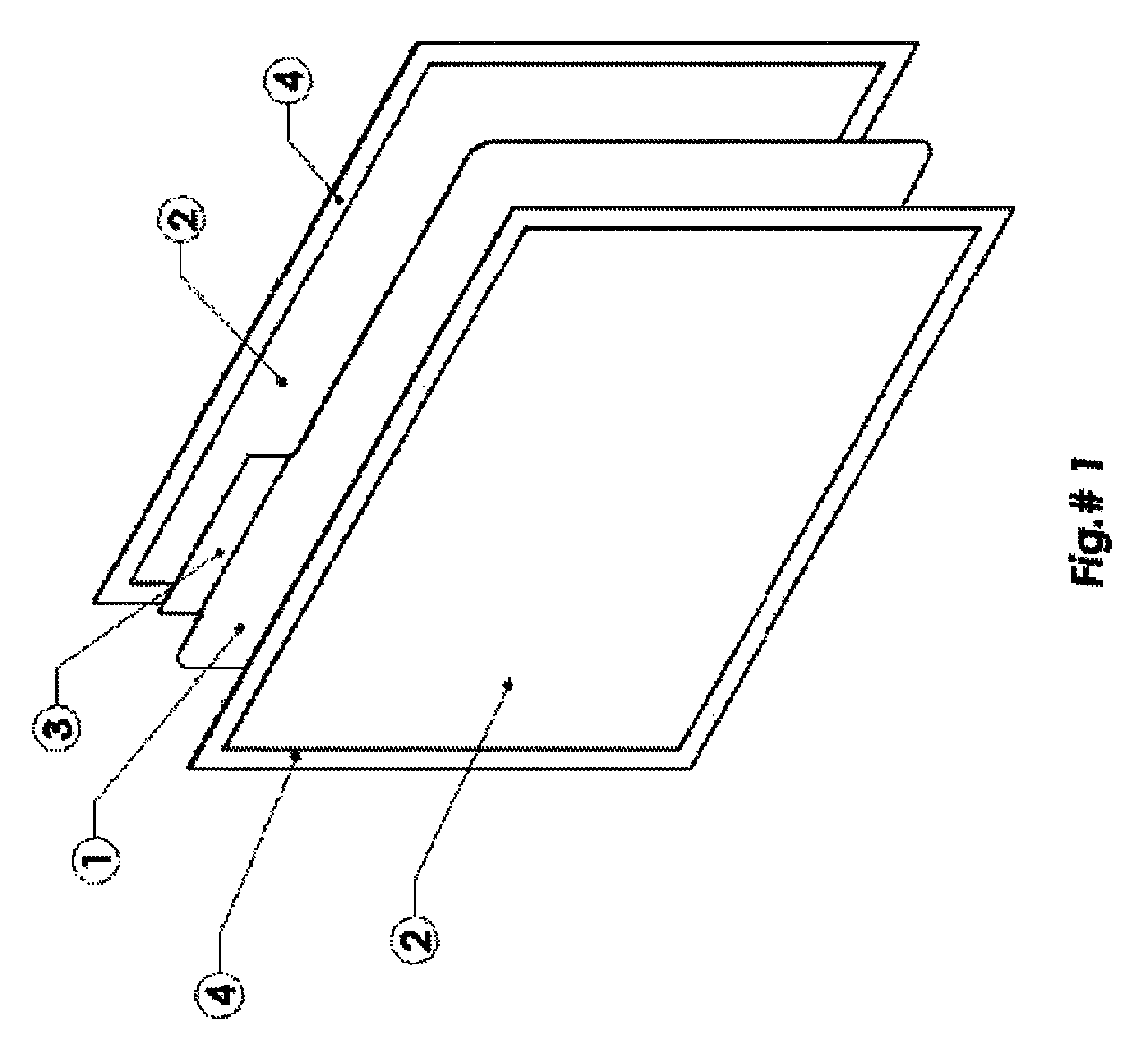Cell assembly for an energy storage device with activated carbon electrodes
a technology of activated carbon electrodes and cell assemblies, which is applied in the direction of cell components, final product manufacturing, sustainable manufacturing/processing, etc., can solve the problems of corrosion of current collectors, carbon electrode current collection methods that are significantly different from those of lead electrodes, and carbon electrode contact resistance, etc., to achieve the effect of convenient assembly
- Summary
- Abstract
- Description
- Claims
- Application Information
AI Technical Summary
Benefits of technology
Problems solved by technology
Method used
Image
Examples
Embodiment Construction
[0039]The novel features which are believed to be characteristic of the present invention, as to its structure, organization, use and method of operation, together with further objectives and advantages thereof, will be better understood from the following discussion.
[0040]Turning now to the drawings, in which similar reference characters denote similar elements throughout the several views, the attached figures illustrate various embodiments of cell assemblies for a supercapacitor energy storage device in keeping with the present invention.
[0041]Referring now to FIG. 1, a current collector (1) is made from a thin sheet of material, commonly by a die cut process. The material is most commonly a highly conductive metal. In this embodiment, the collector shown is a thin, flat sheet of copper, but other highly conductive metals may include copper alloys, titanium, aluminum, silver, stainless steel, nickel, and mixtures and combinations thereof. The metal sheet may be manufactured in va...
PUM
| Property | Measurement | Unit |
|---|---|---|
| electronically conductive | aaaaa | aaaaa |
| flexible | aaaaa | aaaaa |
| energy | aaaaa | aaaaa |
Abstract
Description
Claims
Application Information
 Login to View More
Login to View More - R&D
- Intellectual Property
- Life Sciences
- Materials
- Tech Scout
- Unparalleled Data Quality
- Higher Quality Content
- 60% Fewer Hallucinations
Browse by: Latest US Patents, China's latest patents, Technical Efficacy Thesaurus, Application Domain, Technology Topic, Popular Technical Reports.
© 2025 PatSnap. All rights reserved.Legal|Privacy policy|Modern Slavery Act Transparency Statement|Sitemap|About US| Contact US: help@patsnap.com



